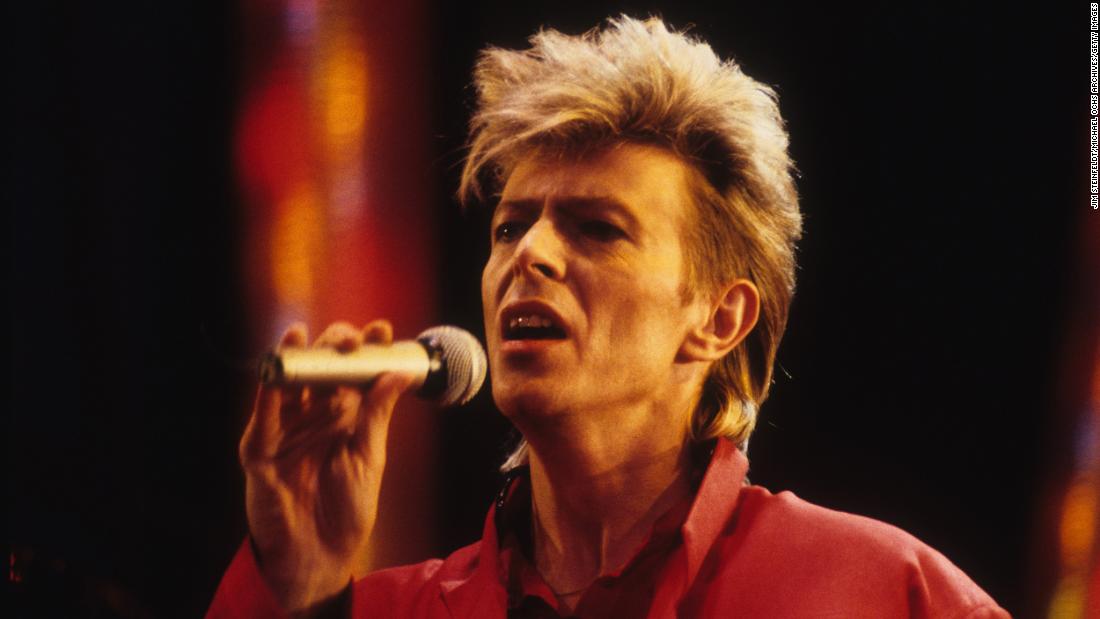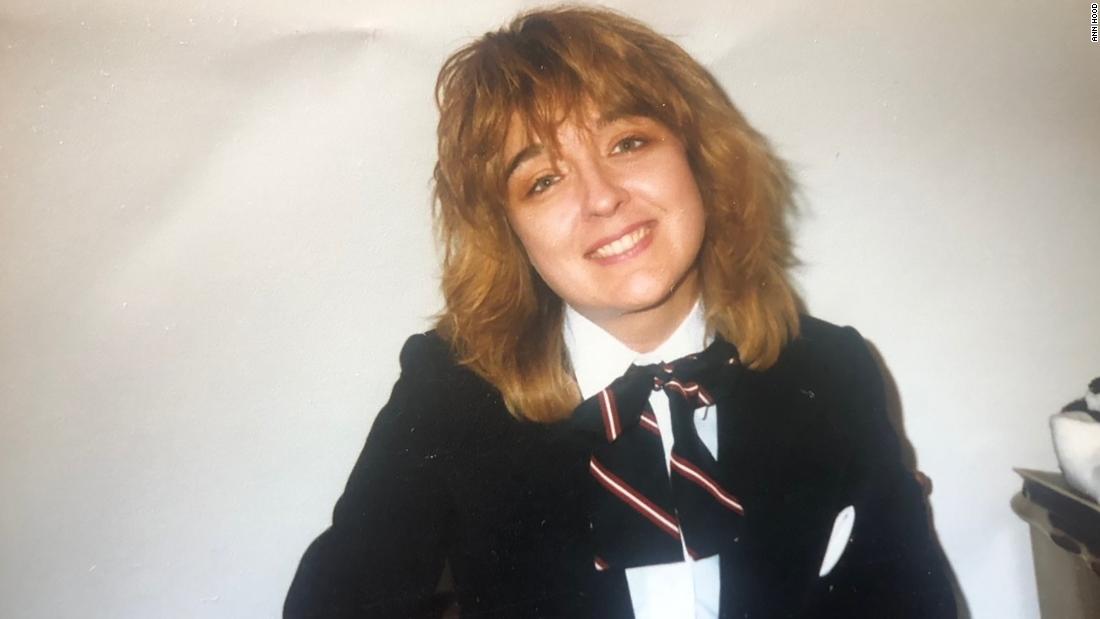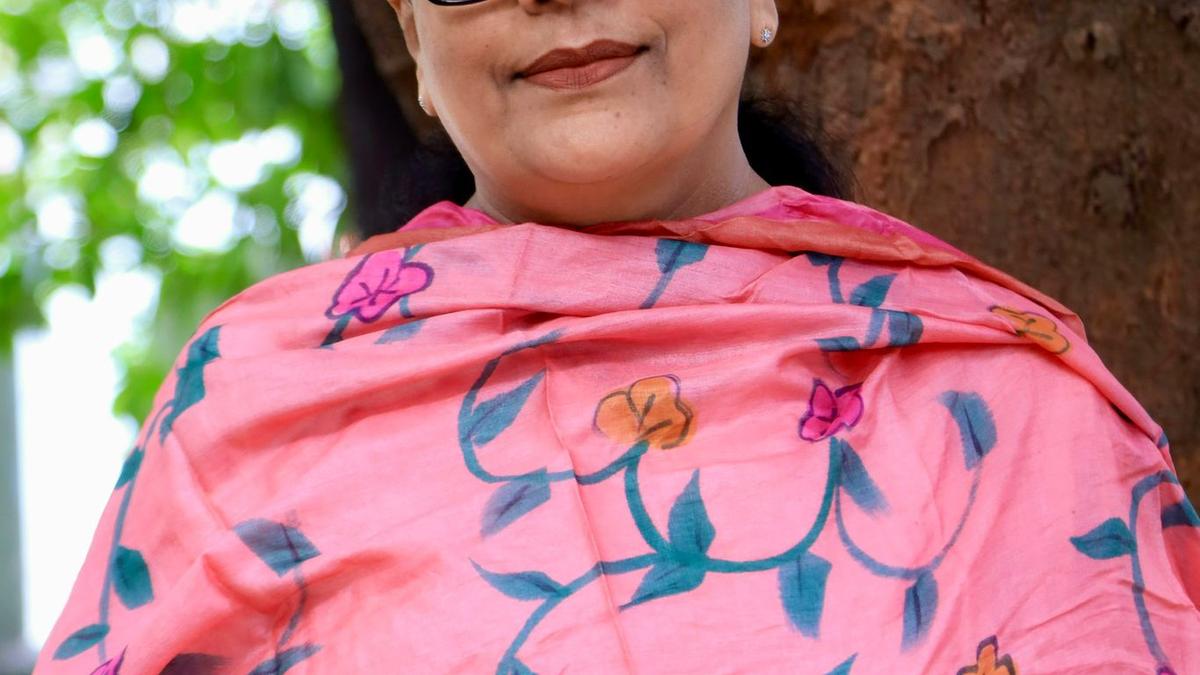(CNN) — American teenager Brad Miele spent the summer of 1984 exploring Europe by rail with his Sony Walkman in his ears.
Days rummaging through Paris record stores and evenings sampling Berlin nightlife were soundtracked by Miele’s favorite albums.
Miele’s mother also traveled around Europe that summer, but while she opted for five star hotels and tours of famous city landmarks, Miele and his brother stayed in hostels and spent their days wandering side streets, looking for the locations where their favorite artists laid down tracks.
For Miele, who grew up in New Jersey, the pinnacle of music was David Bowie, the cult British singer. His walls were papered with Bowie posters. He took style cues from the man sometimes known as Ziggy Stardust. Bowie was Miele’s hero — and being in Europe only made Bowie’s music resonate all the more.
One evening, during their stay in the UK, Miele and his brother met up with his mother for dinner. She was staying in the luxurious Savoy Hotel on the Strand, a bustling London thoroughfare lined with theaters and bars.
Miele was in peak Bowie mode that night: a gray wide-brimmed hat complementing a double-breasted blazer, baggy pants, braces and a bow tie. On his feet, he wore a snazzy pair of red Oxfords, in honor of Bowie’s “Let’s Dance” lyrics: “Put on your red shoes and dance the blues.”
“I definitely was seeking that David Bowie, London vibe,” says Miele.
After dinner, Miele headed out into the night alone. His attention was immediately drawn to an alley neighboring the Savoy, where a group of people had gathered.
Mielle says it’s bizarre for him to recollect now, but he recalls thinking: “That’s clearly David Bowie down there.”
He made his way down the street, toward the Victorian Savoy Theatre.
“It almost manifested itself for me as it was happening,” Miele says now. “It could be no other thing. And then all of a sudden, I see David Bowie climbing up a drainpipe, up above the crowd of people.”
It felt like Miele had wandered the length and breadth of Europe with Bowie’s tunes in his ears. Now, the man behind the music was only a few yards in front of him.
Stepping into the frame
Bowie was in the middle of filming a music video, “Jazzin’ for Blue Jean,” an extended 21-minute film showcasing soon-to-be-single “Blue Jean.” In it, Bowie plays two characters: gawky Vic, who is trying to impress a girl, and Screaming Lord Byron, a Bowie-esque rock star.
Miele recalls there were a couple of barricades set up to stop passersby walking into the shot, but the dozen or so people watching the filming were permitted to do so, as long as they didn’t cause any disruptions.
In “Jazzin’ for Blue Jean,” there’s a moment where Bowie, as Vic, shimmies up a drainpipe, trying to break into a nightclub.
“I came upon the shooting of that particular scene, that they did over and over again with [Bowie’s] double,” says Miele.
Every so often the director would swap in the real Bowie. Miele stood watching, in disbelief.
Things got even more surreal when one of the crew approached Miele and asked if he wanted to be an extra for the rest of the shoot.
“I almost died,” wrote a teenage Miele in his diary the following day.
“I think I was the only one of the crowd that they grabbed and dragged in and singled out,” says Miele today.
He puts this down to his clothing, suggesting his Bowie-esque style was the perfect fit for the film’s aesthetic.
Miele was there for the next several hours, filming, observing and stealing glances at his music idol.
Meeting a hero
At the end of “Jazzin’ for Blue Jean,” the fourth wall is broken. The viewer can see the film crew, and Bowie breaks character, questioning the film’s ending.
Miele doesn’t remember seeing that discussion play out, so he wonders if he was there on the penultimate night of filming, rather than the last day. The last scenes he saw took place inside the Savoy Theatre, which stood in for the fictional Bosphrous Rooms, where Bowie’s Screaming Lord Byron character performs in the video.
When that evening’s filming wrapped, the cast and crew opened beers and milled around chatting. It was then that Miele plucked up the courage to speak to Bowie.
“I probably could have done it sooner, but obviously I was sort of in shock,” he says now. “I think I maybe said 20 words to him.”
Miele reckons some of those words might have been about Bowie’s 1977 album “Low,” which was one of Miele’s favorites, but the moment remains a bit of a blur.
Miele also recalls getting Bowie’s autograph, but he’s lost track of it in the almost four decades since.
Miele got back to his hostel at 6:30 a.m. Later that day, bleary-eyed, he wrote about meeting his idol in his diary.
“He’s just like a normal guy,” wrote Miele.
“He was a kind person in the interactions that I saw of him,” says Miele today. “And he was kind to me, and I think that was great.”
“I think it definitely showed me the side of him that you don’t see in just musicians, right? Just to see someone interacting with the world over the course of six or seven hours. It’s an interesting perspective.”
Later that year, the “Jazzin’ for Blue Jean” video premiered on MTV. Miele’s European adventure had long since ended, and he watched the film for the first time at his best friend’s house in New Jersey. Later, he bought the video on Betamax, a type of early video format, so he could watch it whenever he liked.
In 1985, “Jazzin’ for Blue Jean” won a Grammy for best music video.
Stepping into the unknown
Today, Miele remains a Bowie fan, even if he stopped dressing like him some decades ago.
When Bowie passed away in 2016, Miele surprised himself by how emotional he was at hearing the news.
“I really felt it,” he says.
In the immediate aftermath of Bowie’s death, and in the years since, Miele found himself reflecting on his European adventure, meeting his idol and everything that occurred in his life since.
For Miele, the story symbolizes the importance of occasionally stepping into the unknown on your travels and in everyday life, as you never know what awaits you.
“A lot of people don’t do that, and sort of keep their heads straight, look forward, or whatever,” he says. “But if you don’t step into space, you’ll never have stuff like this happen.”







